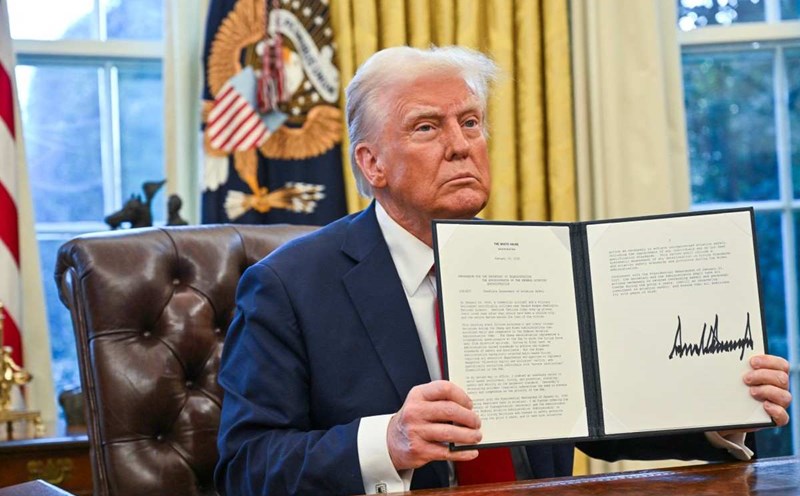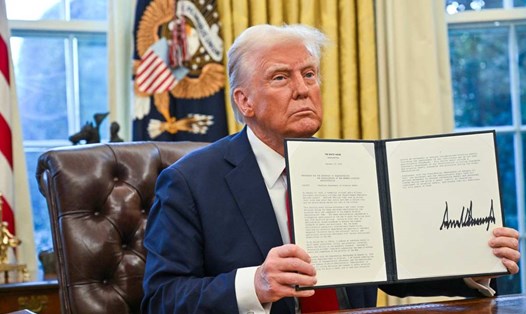On February 1, 2025, the Trump administration officially imposed a 25% tariff on imported goods from Canada and Mexico, and a 10% tariff on goods from China. This policy immediately had a strong impact on financial markets as investors reacted to the risk of escalating trade tensions.
US stock indexes have fallen sharply over the past two days, with the Dow Jones losing more than 2.5%, the S&P 500 falling 2.3%, while the Nasdaq plunged nearly 3%.
Investors are concerned that the move could put pressure on corporate profits and increase production costs. Stocks in Europe and Asia were also negatively affected, with Britain's FTSE 100 down 1.8% and Japan's Nikkei 225 down 2.2%.
The foreign exchange market was also affected. The US dollar rose sharply against the Mexican peso and the Chinese yuan, reflecting concerns that exports from these two countries to the US would face difficulties. Meanwhile, gold prices rose sharply as investors rushed to safety amid financial market turmoil.
One of the sectors that will be directly affected is the energy sector. The US imports a large amount of oil from Canada and Mexico, so a 25% tariff could increase the cost of importing crude oil.
Reuters forecasts that gasoline prices in the US will increase in the coming time as domestic refineries face higher raw material costs. This could increase inflationary pressure, making it difficult for the US Federal Reserve (Fed) to conduct monetary policy.
The U.S. auto and electronics industries could also be hit hard. Automakers such as Ford and General Motors, which rely on imported parts from Mexico and Canada, would face rising costs. This could push up prices in the U.S., hurting consumer demand.
In the short term, financial markets may continue to be volatile as investors adjust their portfolios to new risks. Central banks may have to reconsider monetary policy to respond to the impact of tariffs on inflation and economic growth.
In the longer term, companies may look to diversify their supply chains to reduce their dependence on tariffed markets. This could shift investment to regions such as Southeast Asia or India that have not been affected by US tariffs.











